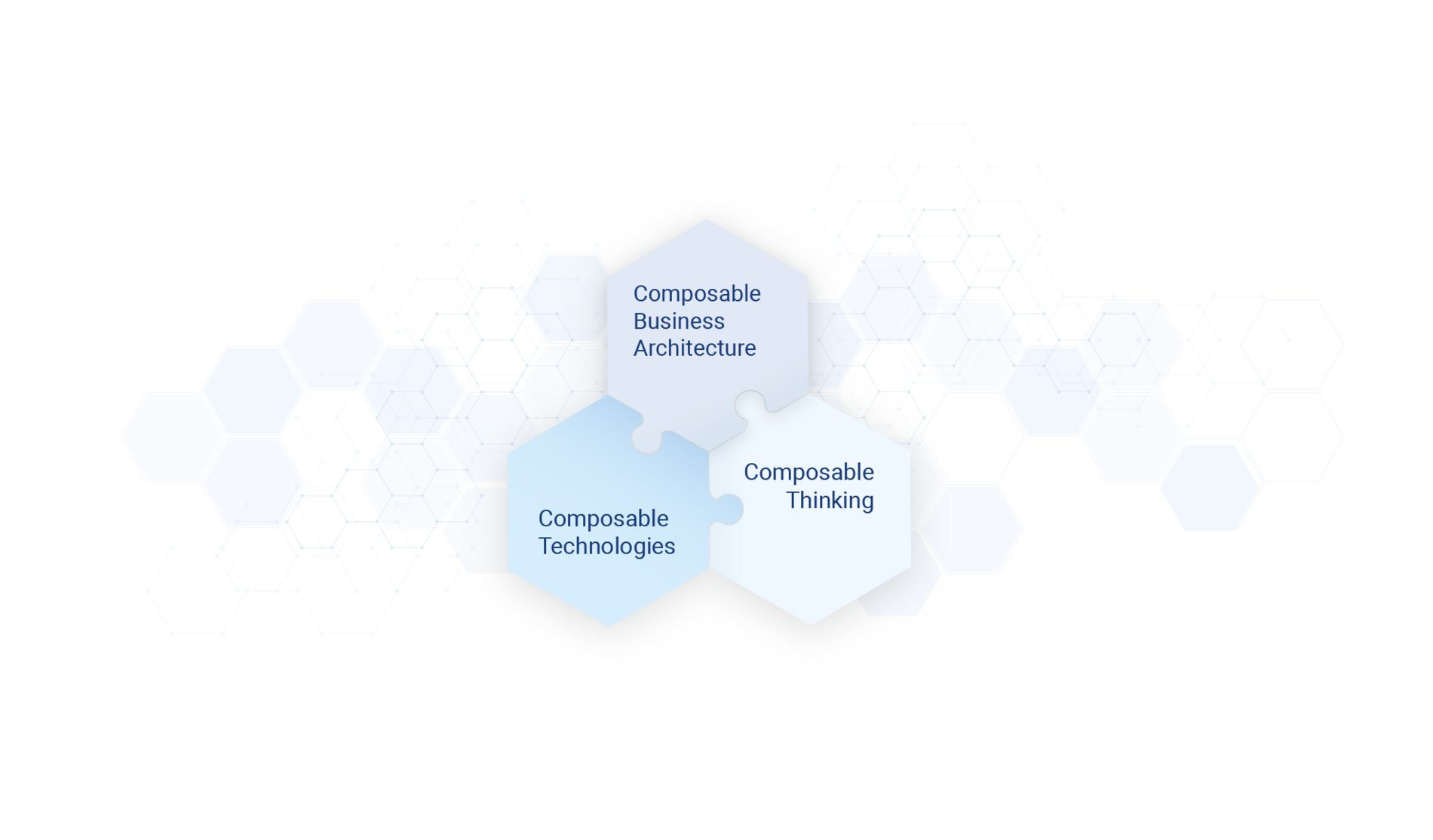Get in touch


"The customer is king" – this claim is anything but new in the telco industry, but now it is fortified by the amendment of the telecommunications act (TKG). In force since December 1, 2021, the update of the TKG especially grants customers additional rights with regard to termination periods, reimbursements, and transparency. Meanwhile, a new paradigm can be observed in the telco market: In contrast to before, today customers, that is the people signing the contracts, are no longer essentially identical to the actual users. This applies in the B2C sector, for example when parents sign mobile phone contracts for their children, as well as in the B2B sector, with company mobile phones.
This means that if CSPs make the actual customer king, their measures will only be addressing the people who signed the contract, not necessarily the users – so they are gambling away a lot of potential for additional business.
The first step is to identify the actual users and analyze their needs in order to be able to make them custom-tailored offers directly and in personalized fashion via suitable measures.
In the B2C sector, for example, this can be done with family packages: One person is the customer who manages the contract, but the individual users can adjust their rates within a specified framework – or they receive upselling or discount offers that are interesting for them.
Things work similarly for business rates. For companies, cost pressure and cost control are particularly relevant: It must be possible to plan costs in the long term. The CSPs can solve this problem with scaled fixed-priced packages and dynamic locks.
Important for all measures: an analysis of user data in order to be able to fine-tune the personalization of offers in the future – and thus to generate more sales.
With regard to users, there is another development that we have observed: It’s becoming ever more difficult for CSPs to retain their customer base. Various telcos’ offerings hardly differ from one another, which means that users are often tempted to change providers – and thanks to the amendment of the TKG, they are better able to do this. At the same time, the market for new customers is limited. To acquire or retain customers, telcos need products and offerings that distinguish them clearly from the competition – and this with the shortest possible time-to-market, for the market moves quickly and is characterized by constant change.
In this context, a proven strategy is for CSPs to rely on alliances and service co-creation. For of course no provider can offer all the services that users need or expect all by itself. Thanks to cooperations and alliances with other service providers and manufacturers, telcos can develop innovative products and services much more quickly and launch them on the market. Examples include bundling offers with entertainment, gas, power, and smart home.
Furthermore, internally, if they are able to re-think traditional basic business paradigms and think ahead innovatively in order to develop new products – even given the risk that these may not succeed and will have to be discarded – they can create the basis for long-term success.

In summary, we can conclude that the focus must be placed on the actual users of the services and their needs – even if this means blazing new paths. So that this succeeds given rapidly changing market circumstances and technological possibilities, one thing is necessary above all: Flexibility in the business model. For the required speed will never be achieved with the slow decision-making processes in traditional company structures.
In its “Hype Cycle for Communications Service Provider Operations 2020,” the market research and consulting company Gartner says: “As communications service providers (CSPs) progress with digital transformation, they are facing many competitive pressures from inside and outside their industry. Unlike in past, the ongoing transformation is not merely for simplification or processes optimization or a new product launch or for better customer experience. It is all of such goals and enabling economic efficiency, new business models, diverse products and growth. These goals cannot be met without significant transformation of operations – particularly for network-based CSPs.”
A solution that has proven itself for telcos in this context and one that is also recommended by Gartner is the composable business model, a strategy that companies can use to achieve the agility required for a successful market presence step by step. Here, “composable” means structured in modular form so that flexible configurations and combinations are possible – and it refers equally to the company architecture, the technologies, and the mindset.

Structured in this way, a CSP is optimally equipped to respond to the demands of the market and the needs of its users, not just today, but in the long term – entirely in the spirit of “long live the user.”
This article first appeared on insidetelecom.com. We appreciate your feedback and sharing the article.